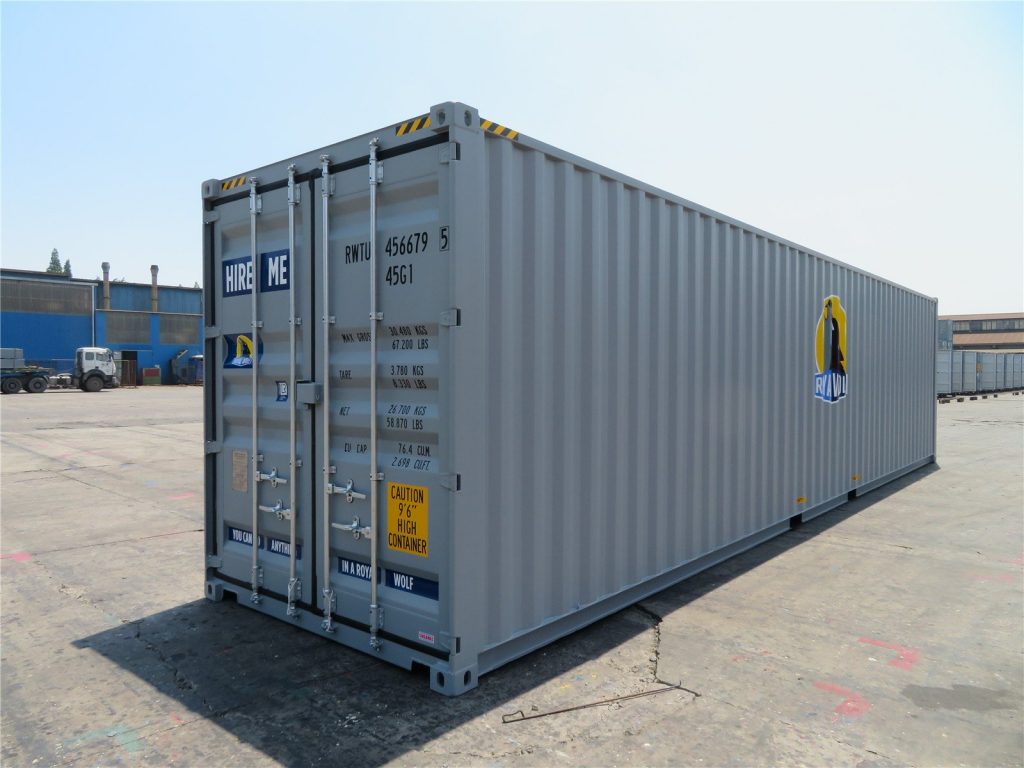The Journey of Shipping Containers: From Delivery to Repurposing
2 min read
Shipping containers play a vital role in global trade, facilitating the transportation of goods across vast distances. However, have you ever wondered what happens to these containers after they are delivered? In this article, we will explore the journey of shipping containers, from their initial delivery to their various post-delivery destinations.
- Container Depots and Storage Facilities:
After being unloaded from ships, shipping containers are typically transported to container depots or storage facilities. These facilities serve as temporary homes for containers until they are needed for their next journey. Here, containers are inspected for any damages and undergo necessary repairs to ensure their structural integrity. - Repurposing and Conversion:
While some containers continue their journey as cargo carriers, many find new purposes beyond shipping. Repurposing shipping containers has gained popularity in recent years due to their durability, affordability, and versatility. These containers are transformed into various structures, such as offices, homes, pop-up shops, and even art installations. The repurposing process involves modifications like adding windows, doors, insulation, and electrical systems to make them suitable for their new functions. - Container Architecture:
The concept of container architecture has revolutionized the construction industry. Architects and designers have embraced the idea of using shipping containers as building blocks for sustainable and innovative structures. From affordable housing solutions to trendy cafes and hotels, container architecture offers endless possibilities. These structures not only provide unique aesthetics but also contribute to reducing construction waste and promoting eco-friendly practices. - Container Farms and Gardens:
Another fascinating application of shipping containers is in the realm of agriculture. With the growing demand for locally sourced produce, container farms have emerged as a viable solution. These farms utilize hydroponic or vertical farming techniques to maximize space and optimize crop growth. Shipping containers provide a controlled environment for growing a wide range of crops, regardless of external factors like climate and season. - Container Art and Design:
Shipping containers have become a canvas for artists and designers worldwide. These large metal structures offer a unique and unconventional medium for creative expression. From vibrant murals to intricate sculptures, container art has transformed public spaces and brought art closer to communities. Additionally, designers have incorporated containers into interior design, creating industrial-chic spaces that exude modernity and innovation.
Conclusion:
The journey of shipping containers extends far beyond their initial purpose of transporting goods. From container depots to repurposing and conversion, container architecture to container farms, and container art to innovative design, these versatile structures continue to find new roles in various industries. As we witness the evolution of shipping containers, it becomes evident that their potential is limited only by our imagination.
